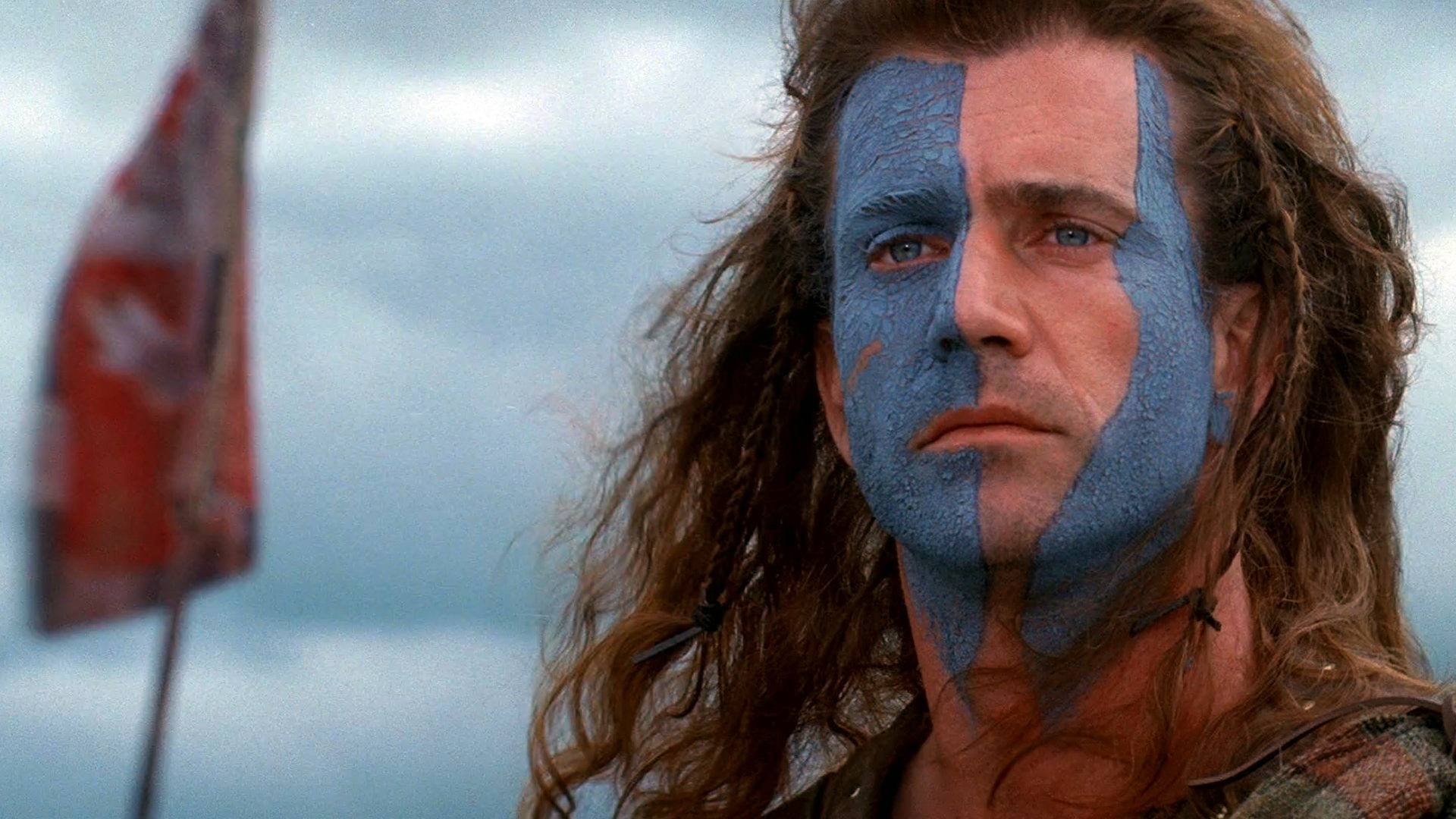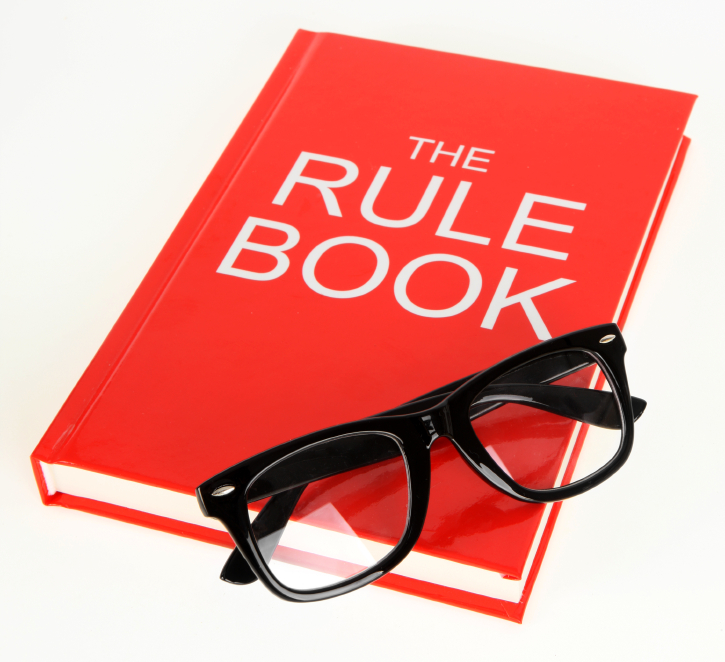The term “slogan”—defined as a “word or phrase that is easy to remember and is used by a group or business to attract attention”—is derived from the Scottish word for a war cry. It’s a pretty fitting etymology, when you think about it. An effective slogan cries out into the marketplace the essence of a business. It becomes entrenched in consumers’ minds, guiding their subconscious thought patterns, perceptions and, hopefully—ultimately—their decision making. It is a perpetual (and free) advertisement.
So what makes an effective slogan? Surely you can think of a few examples almost immediately. Some employ alliteration: Fly the friendly skies. (United) Some rhyme: Nationwide is on your side. Some do both: Easy breezy beautiful Covergirl. Some are brief but provocative: Think different. (Apple) Just do it. (Nike) Some are longer but poignant: When you care enough to send the very best. (Hallmark) There are some things that money can’t buy. For everything else there’s MasterCard.
Some proclaim to be the best: The ultimate driving machine. (BMW) The breakfast of champions. (Wheaties) The king of beers. (Budweiser) Others proclaim to make you your best: The best a man can get. (Gillette) Man at his best. (Esquire) Then there are the rare but effective slogans that successfully command: Don’t leave home without it. (American Express) Eat fresh. (Subway) And those, perhaps even more rare, that redefine a product or service in the public’s mind by becoming a universal truth: A diamond is forever. (De Beers)
Effective slogans employ one or more of several key tactics for speaking to consumers. Keep these guidelines in mind, and you’ll be sure to have an effective, lasting free advertisement slogan for your business.
- Speak the truth. Tell your story. What do you make, or offer? How do you make, or offer, it? Resist the temptation to exaggerate. Merely labeling your product “the top” or “number one” won’t fly with consumers, because a) they won’t believe you—everyone says they’re the best! And b) it’s not unique enough to make an impression. Many kinds of coffee are delicious and high-quality, but only Maxwell House is Good to the last drop!
- Highlight a key benefit. Differentiate your product or brand from your competitors so consumers will immediately understand your unique position in the marketplace. Narrow things down to your business’s essential traits and build a persuasive, impactful slogan on them. Don’t be afraid to leave things out. One defining statement—Great taste, less filling. (Miller Lite) Where’s the beef? (Wendy’s)—is all you need.
- Be clever and use emotion. There are many things to sell in this world and only so many ways to describe them. Highlight your unique perks or company ethos through language that will move consumers. For example, Visa isn’t “The best payment method” or “The most accepted form of credit card.” It’s everywhere you want to be. The U.S. Marine Corps isn’t “An elite group of leaders.” They’re The few, the proud, the Marines.
- Keep it short, but not too short. Two-word slogans are often called taglines…they’re tough to make memorable. Two or three words doesn’t give you a lot of room to express anything meaningful, which is critical for a slogan. Ad Age had a great article about this phenomenon a while back. Can you distinguish between Inspired performance, Pursuing perfection, and Intelligent performance? Unless you’re in the auto biz, probably not. (Infiniti, Lexus, Porsche) Longer slogans make a bigger impact—7 to 10 words should do it. Think of all the meaning and info contained in these two excellent examples: Melts in your mouth, not in your hands. (M&Ms) All the news that’s fit to print. (The New York Times)
- Get help. Sometimes you’re too close to your own business to identify the best slogan. Outsiders can help you understand how customers view your brand or industry and offer guidance in crafting the clearest, most motivating message. And once you’ve got it, make it work for you.




